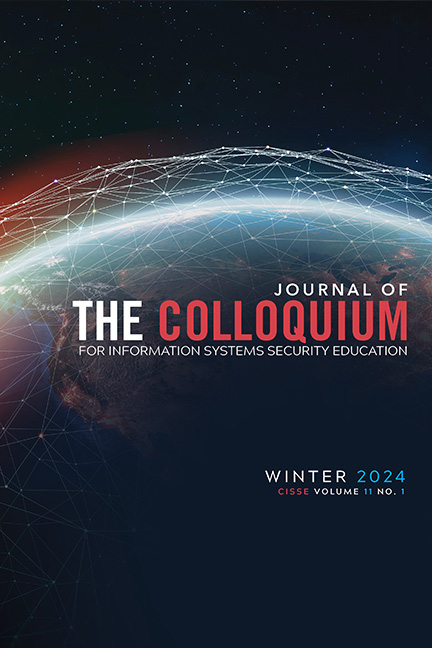Abstract
Teaching cybersecurity professionals has changed from applying puzzle-based learning scenarios, general tabletops, and general gamification to an immersive learning environment. In today's teaching environment, there are known methods to teach cybersecurity tool techniques. However, beyond the technical aspect, cybersecurity professional need to understand the psychology of crime. These teaching and learning needs have become more prevalent in criminal justice, education, and computer science degree programs and aspects of job professions because learners need to understand and be able to recognize why crimes are committed. Thus, opening another major area of research in cybersecurity. Teaching someone what it means to protect systems, networks, and programs from digital attacks is difficult. Each person needs some frame of reference. Through their personal frame of reference, they discern and consume the information and find a basis for its purpose. This is known as the learning process and each individual journey is different. The learning process is affected by personal experience. Thus, creating a climate for misunderstanding through applying personal experiences to a situation that may have had a different personal or professional interaction. Because of misunderstandings and unconscious bias that occur in this type of learning structure, the misunderstandings and unconscious bias have the potentiality of being propagated into professional career interactions and investigations. Thus, this project will present a learning platform/framework to explore cybersecurity methods, discern interactions, explore the psychology of why a crime is committed through a collaborative virtual reality (VR) immersive environment.
Open Access License Notice:
This article is © its author(s) and licensed under the Creative Commons Attribution 4.0 International License (CC BY 4.0), regardless of any copyright or pricing statements appearing in the PDF. The PDF reflects formatting used for the print edition and not the current open access licensing policy.

